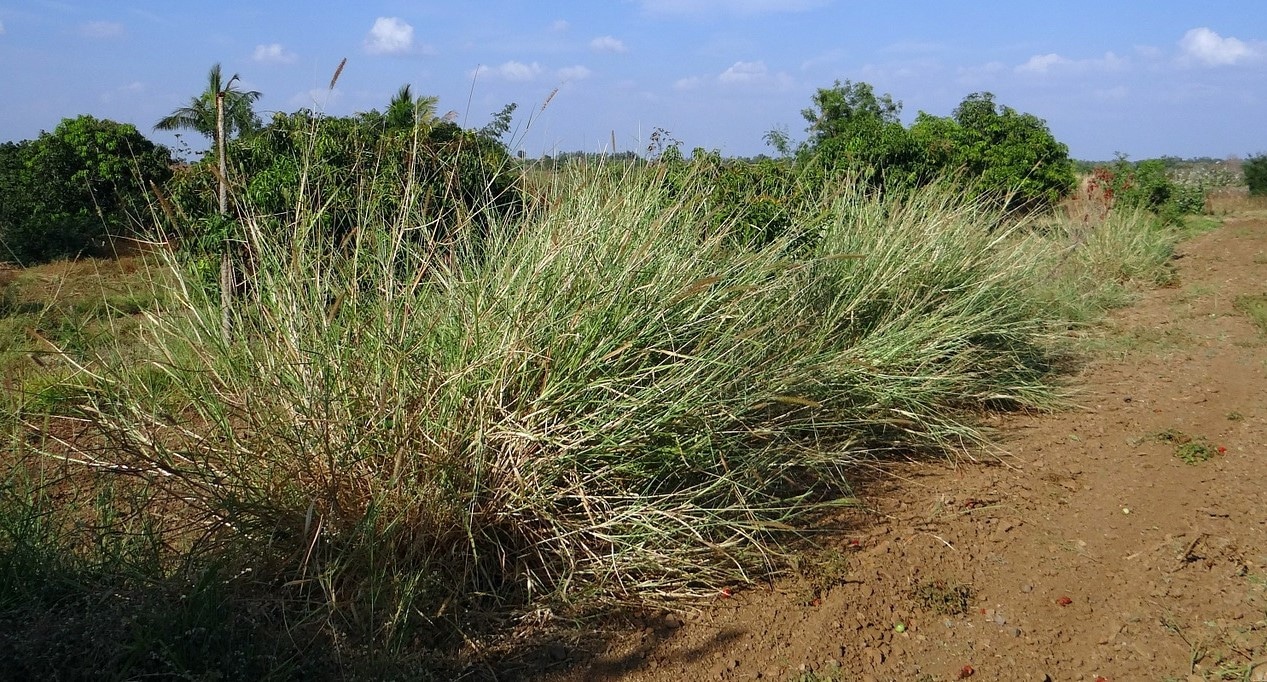Climate
- 18, February
- Admin

The Himalaya serves as a barrier between the dry plateau of Tibet and the summer monsoon rains that come from the Indian Ocean to the south. The monsoon in Nepal usually starts at the end of May and gradually stops at the end of September, although in eastern Nepal it may continue longer. Nepal is considered the central part of the Himalayan mountain chain. The further west you go, the drier it gets, while eastern Nepal seems permanently green and lush by comparison.
Generally speaking, the best time for visitors, especially for trekking and mountaineering, is from October to the beginning of December, and from middle February through April. The main mountaineering season on the high Himalayan peaks in May, a pre-monsoon time when conditions are very hot and dusty at lower elevations. The autumn usually provides a more stable weather pattern and very clear days, but dust increasingly fills the air during late winter and spring. Winter sets in late November or December and continues to early March. The Nepalis themselves operate with six distinct seasons:
Basanta (spring) mid-March – May
Grishma (summer) mid-May – July Barsha (monsoon) mid-July – September
Sharad (early autumn) mid-September – November Hemanta (late autumn) mid-November – January
Shishir (winter) mid-January – March
From the 1970s, global warming has led to glaciers shrinking, a process that is accelerating. Evidence is accumulating that parts of the ‘Third Pole’ (the Himalayas and the Hindu Kush) are melting. As the glaciers retreat they leave behind giant moraines of rock and ice that create natural dams, where the meltwater builds up to form large lakes. These build-ups have already led to serious floods, landslides and loss of life and property. Adding to the problem, some glaciers are melting from within, before collapsing and causing floods (http://www. icimod.org/). Melting snow in the Himalaya feeds the Ganges, Indus and Brahmaputra Rivers, on which millions of people depend. These regional climate changes can have serious consequences also beyond the borders of Nepal
Recent Blogs
-
 Moment in Nature
Moment in Nature- 18, February
- Backpackers
-
 Why visit Nepal?
Why visit Nepal?- 18, February
- Backpackers
-
 Climate
Climate- 18, February
- Backpackers
-
 Trekking fees
Trekking fees- 18, February
- Backpackers

